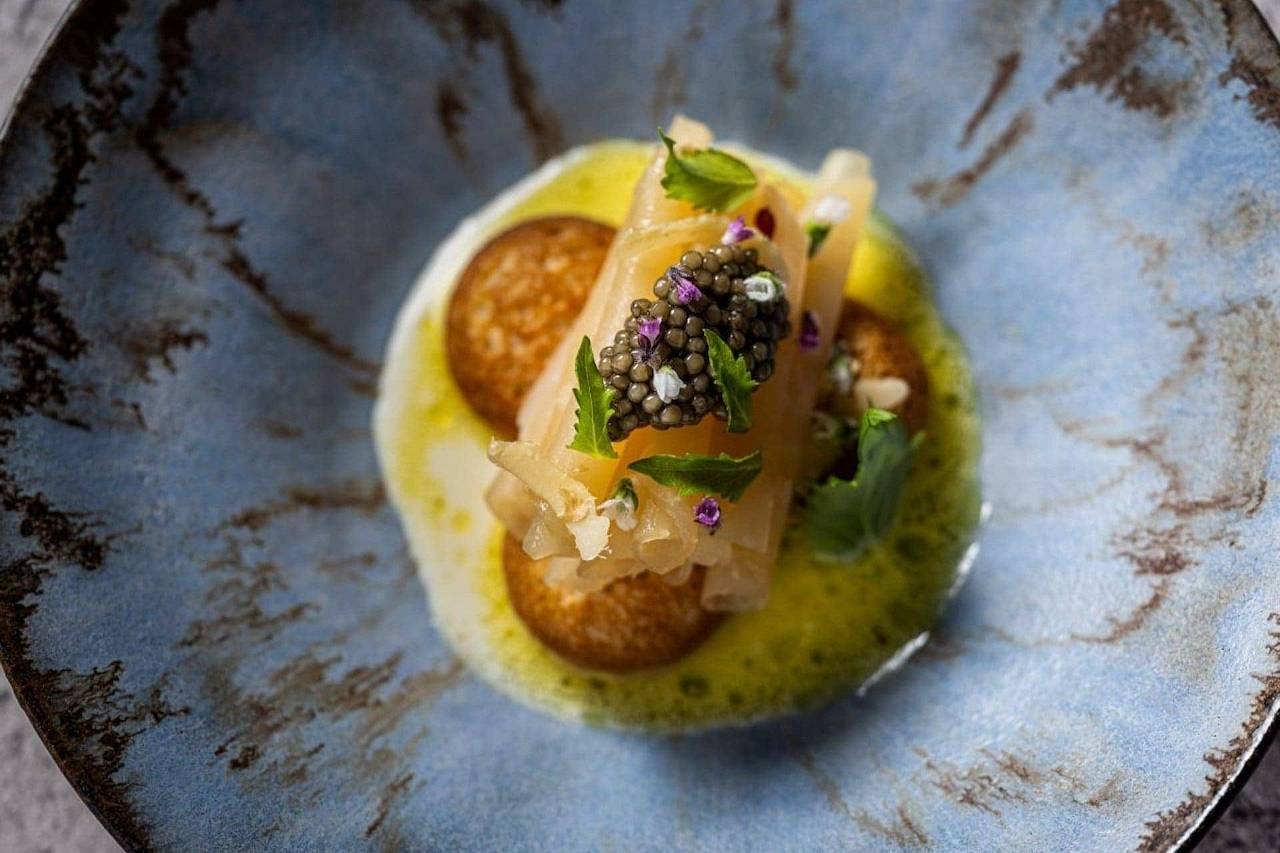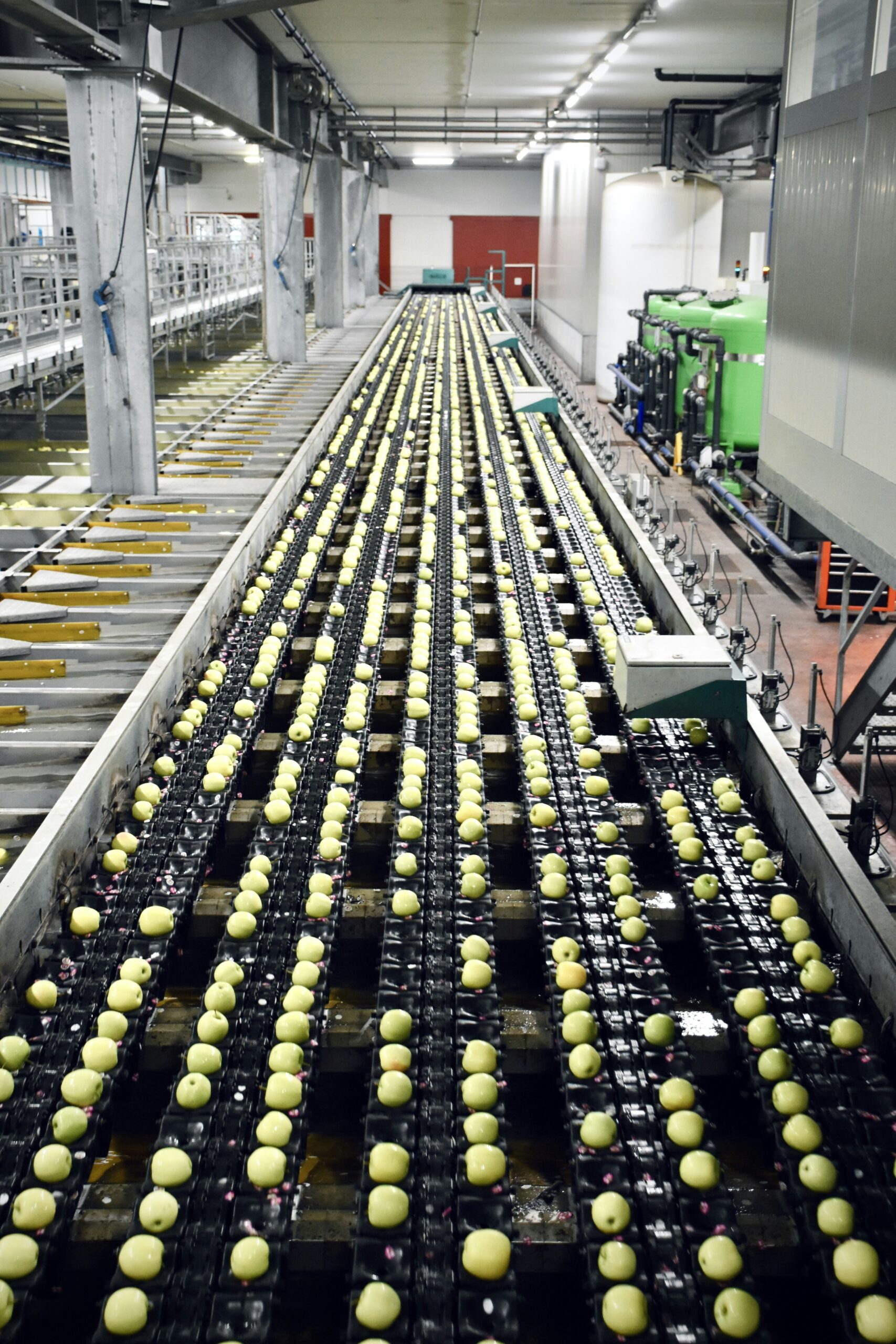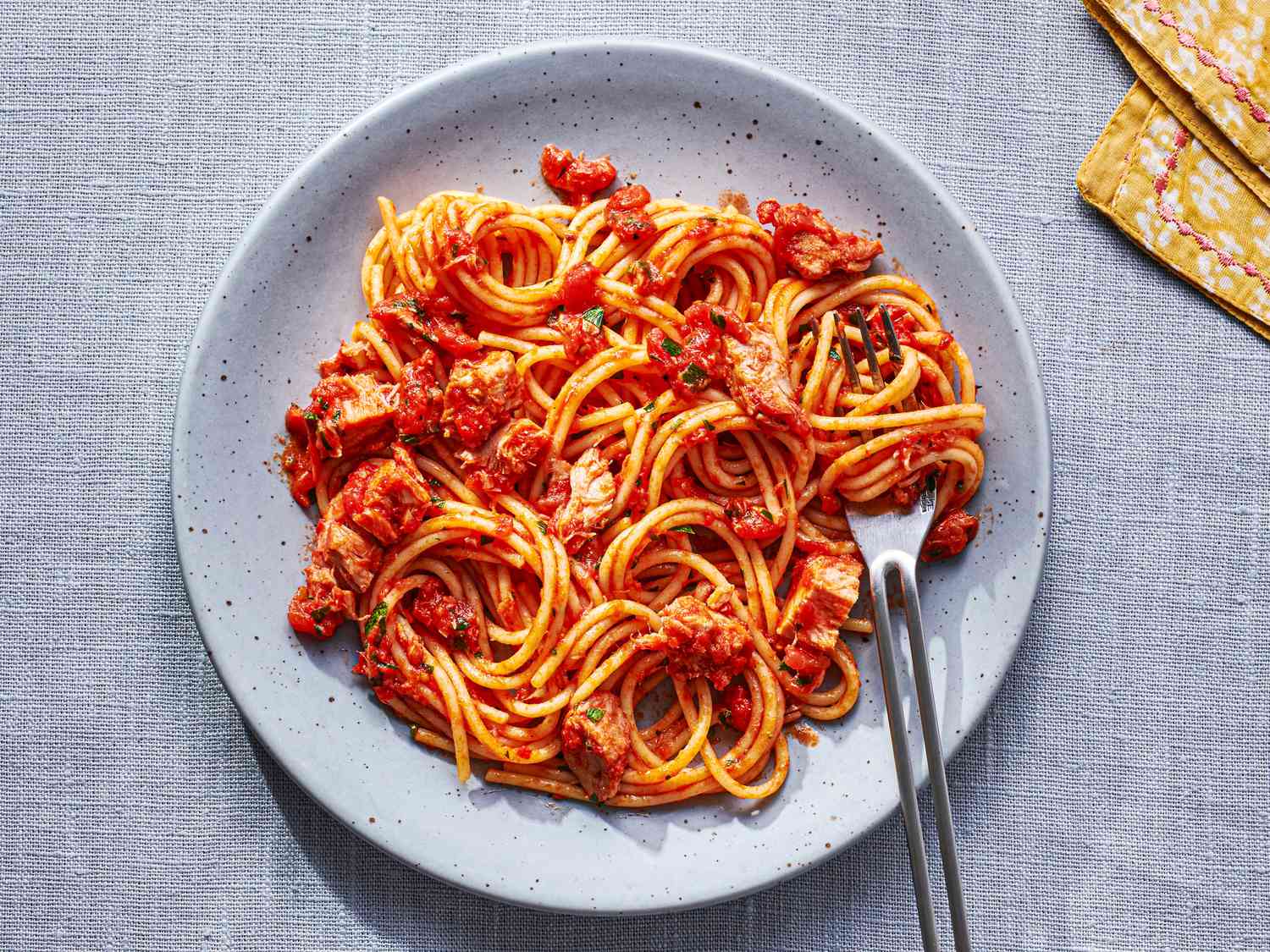When most people think of Hungarian cuisine, they picture steaming bowls of goulash, paprika-rich stews, and rustic comfort food served in generous portions. It’s a familiar image — warm, hearty, and deeply rooted in tradition. But it’s also incomplete.
For many travelers, Hungarian food begins and ends with goulash. Maybe a few dumplings, paprika-laced stews, or chimney cake on the side. While those dishes are undeniably part of the country’s culinary DNA, they represent only a fraction of what Hungary has to offer — especially now.
A quiet but confident culinary renewal is unfolding in Budapest and beyond. It’s driven by chefs who are rediscovering local ingredients, collaborating with small producers, and rethinking tradition — not by rejecting it, but by asking how it might evolve. And the results are nothing short of surprising.
At the forefront of this movement is a new kind of restaurant, and perhaps no place captures its spirit more clearly than MÁK.
A different kind of fine dining in Budapest
MÁK isn’t trying to replicate Hungarian grandmothers’ kitchens. Nor is it chasing international trends. Instead, it offers a new perspective: what if Hungarian food could be elegant, precise, and emotionally resonant — all at once?
Located in the heart of Budapest, MÁK feels more like a quietly confident studio than a stage. There’s no extravagance in the decor, no theatricality in the service. What you find instead is intention — from the ingredients on the plate to the rhythm of the meal.
At the center of this experience is a degustation menu, a multi-course format that replaces the traditional à la carte structure. But this isn’t about removing choice — it’s about offering coherence. Each dish flows into the next, part of a thoughtfully composed narrative built by the chef.
That chef is János Mizsei, one of the key voices in Hungary’s contemporary culinary scene. His approach is not about reinterpretation for its own sake. It’s about creating a new language — one that draws from Hungarian memory and landscape, but speaks in today’s tone.
Rooted in region, driven by relationships
What makes MÁK restaurant distinct is not just what it serves, but where it starts.
Mizsei works closely with producers across southern Hungary to source ingredients that are not only seasonal and sustainable, but deeply personal. Goat cheese aged in cellar caves, freshwater fish from nearby rivers, wild herbs picked at dawn: these are not boutique stories for menu decoration. They are the foundation of the kitchen’s philosophy.
In the “MÁKtájak – DÉL” menu series (literally: “MÁK Landscapes – South”), each course is inspired by southern Hungarian terroir. But the connection is more than geographic. These dishes carry the textures and rhythms of place: the crunch of pickled vegetables recalling village preserving methods, the smokiness of butter echoing countryside cooking over open flame.
This is not nostalgia. It’s continuity — reframed.
What does the new Hungarian cuisine taste like?
Forget the heaviness. Forget the clichés. The new Hungarian cuisine — as practiced at MÁK — is lighter, sharper, more textural. Sourness plays a lead role, whether through fermented fruits, cultured cream, or vinegar reductions. Sweetness is handled with restraint, often arriving in the form of roasted root vegetables or orchard-plucked stone fruits.
Meat appears, but it no longer dominates. A sliver of Mangalica pork might be paired with charred cabbage and quince, its richness cut with acidity. Fish is prepared with simplicity, then layered with unexpected accompaniments like beetroot or elderflower.
Most importantly, the food is not symbolic. It doesn’t try to be “Hungarian” through decoration or cliché. Instead, it embodies Hungary — through mood, through memory, and through deep respect for ingredients.
The power of the degustation format
Why use a degustation menu to express this vision?
Because it gives the chef control of the experience — and the guest, freedom from decision-making. At MÁK, the guest doesn’t pick dishes from a list. Instead, they commit to the rhythm of the kitchen — allowing themselves to be guided through a sensory arc.
There’s no pretension to this format. It’s not about prestige. It’s about focus.
Without menu scanning, without doubt or second-guessing, diners are free to tune into the food, the texture, the temperature, the balance. Courses appear not as separate experiences, but as movements in a composition.
And because the menu evolves constantly — with the seasons, the produce, even the chef’s state of mind — it never becomes routine. Even regulars never eat the same meal twice.
Hungarian identity, one plate at a time
In the quiet precision of its plates, MÁK is doing more than offering a refined fine dining experience — it’s becoming part of something larger: the renewal of Hungarian cuisine itself. For years, the country’s food culture hovered between comforting nostalgia and borrowed international trends, rarely claiming space for confident, contemporary expression. But at MÁK, tradition isn’t preserved in amber, nor is it overwritten. Instead, it’s reimagined with clarity, respect, and restraint, becoming something new without losing what made it meaningful. This is Hungarian cuisine in transformation — not louder, not flashier, but more thoughtful. Rooted in place, honest in ingredient, deliberate in tone. And in that, it offers something rare: a cuisine not trying to catch up to the world, but finally speaking in its own voice — one beautifully composed course at a time.










